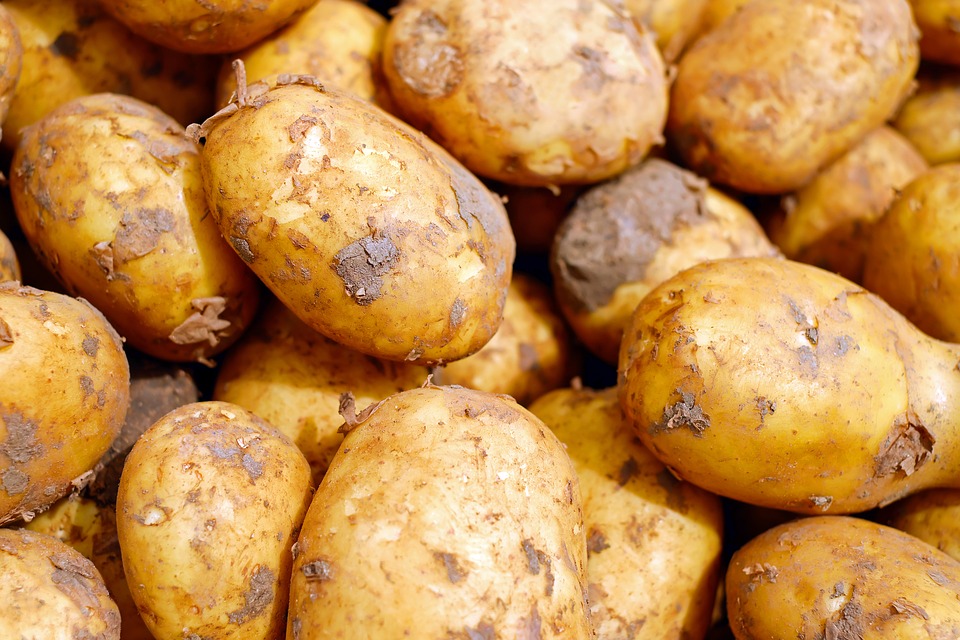Note that your final mark will not be saved in the system.
3.2.1.3 Carbohydrates GapFill
You must fill all the gaps before clicking ‘Check Answers!’

Carbohydrates are large molecules built from carbon, oxygen and hydrogen. Single molecules of carbohydrates are called and are usually referred to as sugars . Examples of sugars include glucose, galactose and . They may occur naturally in foods (if so, they are called sugars), or can be added during the production process. When two molecules of monosaccharides bond together, they form . An example of these is , which occurs naturally in .
When many molecules of sugars bond together into long chains they form , and depending on their chemical structure can be divided into and non-starch polysaccharides (NSP). NSP is also called and cannot be digested by humans. Instead it supports and helps to lower blood level. During digestion, is broken down into single molecules and absorbed into the bloodstream.
Carbohydrates are the main source of for the body and act as a sparer. This means that by providing energy they allow the proteins to be used for other purposes in the body.
Complex carbohydrates, such as starch and dietary fibre, are found in products and vegetables.